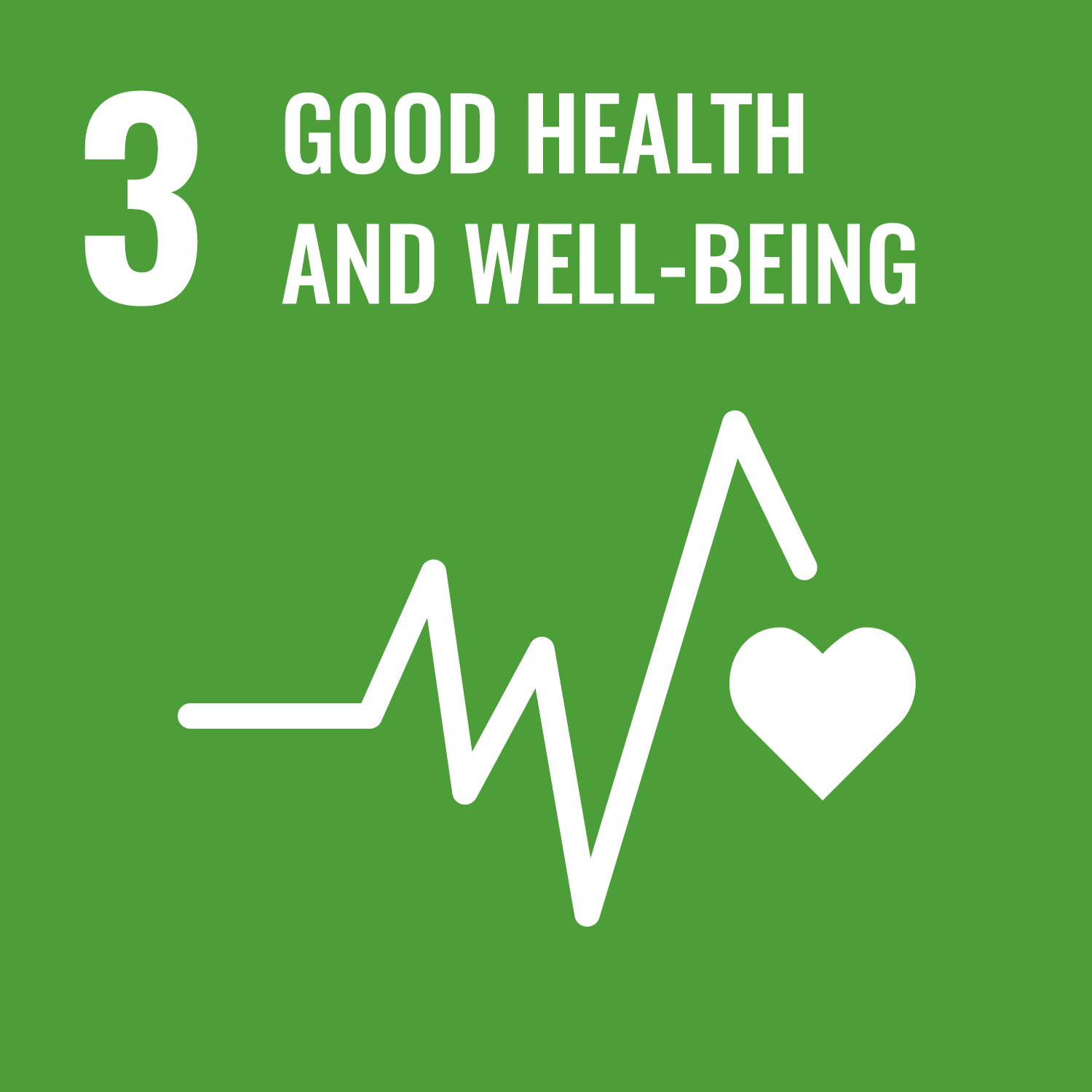This course derives lectures on mechanical methods for analyzing living organisms. The topics are related with advanced kinetics,
material mechanics, and fluid mechanics necessary for the dynamic analysis of living organisms, and the mechanical engineering
approaches to the fields of biomedical engineering, medical engineering, welfare engineering, and injury biomechanics.
- To understand the dynamic analysis of living organisms based on continuum mechanics, strength of materials, fluid mechanics, and mechanical kinematics.
- To understand the characteristics, functions, and disease mechanisms of typical living organisms from a mechanical point of view.
- To understand the basics of mechanical analysis methods for the characteristics and functions of living organisms
| Class schedule | HW assignments (Including preparation and review of the class.) | Amount of Time Required | |
|---|---|---|---|
| 1. | Introduction to biomechanics Overviews of the characteristics and functions of living organisms from a mechanical point of view |
Think about how you can mechanically explain the functions and characteristics of your body. | 190minutes |
| 2. | Basics of Newtonian mechanics Balance of muscle-skeletal force |
Preparation / review of the contents corresponding to Sections 2.1, 2.2, and 2.3 of the reference book | 190minutes |
| 3. | Extension of material mechanics to biomechanics 1 ・ Definition of strain and stress ・ Basic concept of stress tensor and strain tensor |
Preparation / review of the contents corresponding to Sections 3.1.1 to 3.1.4 of the reference book | 190minutes |
| 4. | Extension of material mechanics to biomechanics 2 ・ Principal stress and maximum shear stress ・ Generalized Hooke's law |
Preparation / review of the contents corresponding to Sections 3.1.5 to 3.2 of the reference book | 190minutes |
| 5. | Basics of Continuum Mechanics 1 ・ Vector ・ Tensor on the 2nd floor ・ Coordinate transformation ・ Configuration |
Preparation / review of the contents corresponding to Sections 4.1 to 4.2.1 of the reference book | 190minutes |
| 6. | Basics of Continuum Mechanics 2 ・ Various strain tensors and stress tensors ・ Linear elastic body ・ Superelastic body ・ Equation of motion |
Preparation/review of the contents corresponding to Sections 4.2.1 to 4.3.1 and 4.4.1 of the reference book | 90minutes |
| 100minutes | |||
| 7. | Application to living tissue ・ Bone histology ・ Mechanical properties of bone ・ Histology of various soft tissues ・ Mechanical properties of various soft tissues |
Preparation/review of the contents corresponding to Sections 3.2 and 4.5 of the reference book | 190minutes |
| 8. | Basics of computational biomechanics | Preparation/review of handouts | 190minutes |
| 9. | Biomechanics simulation 1 ・ Multibody dynamics analysis 1 |
Preparation/review of handouts | 190minutes |
| 10. | Biomechanics simulation 2 ・ Multibody dynamics analysis 2 |
Preparation/review of handouts | 190minutes |
| 11. | Biomechanics simulation 3 ・ Multibody dynamics analysis 3 |
Preparation/review of handouts | 190minutes |
| 12. | Biomechanics simulation 4 ・ Finite element analysis 1 |
Preparation/review of handouts | 190minutes |
| 13. | Biomechanics simulation 5 ・ Finite element analysis 2 |
Preparation/review of handouts | 190minutes |
| 14. | Biomechanics simulation 6 ・ Finite element analysis 3 |
Preparation/review of handouts | 190minutes |
| Total. | - | - | 2660minutes |
| Mid-turm report | Final report | Total. | |
|---|---|---|---|
| 1. | 20% | 20% | 40% |
| 2. | 15% | 15% | 30% |
| 3. | 15% | 15% | 30% |
| Total. | 50% | 50% | - |
Out of a total of 100 points, 50 points for the mid-turm report and 50 points for the term-end report, 60 points or more are
passed.
The interim report aims to achieve 60% by being able to solve and explain the basic problems of mechanics necessary to explain the behavior of the living body and the phenomena in the living body.
In the term-end report, the framework of biomechanics simulation will be explained, and the achievement level will be 60% by being able to carry out rudimentary implementation.
The interim report aims to achieve 60% by being able to solve and explain the basic problems of mechanics necessary to explain the behavior of the living body and the phenomena in the living body.
In the term-end report, the framework of biomechanics simulation will be explained, and the achievement level will be 60% by being able to carry out rudimentary implementation.
It is desirable to take the basics of mechanics, Material Mechanics 1 and 2, Applied Analysis, and Practicum of Mechanics
of Materials.
The first half of the lecture will proceed in accordance with the designated reference book.
The first half of the lecture will proceed in accordance with the designated reference book.
- Course that cultivates an ability for utilizing knowledge
- Course that cultivates a basic problem-solving skills
| Work experience | Work experience and relevance to the course content if applicable |
|---|---|
| N/A | 該当しない |


- 3.GOOD HEALTH AND WELL-BEING
- 9.INDUSTRY, INNOVATION AND INFRASTRUCTURE
Last modified : Sat Sep 09 05:19:59 JST 2023

